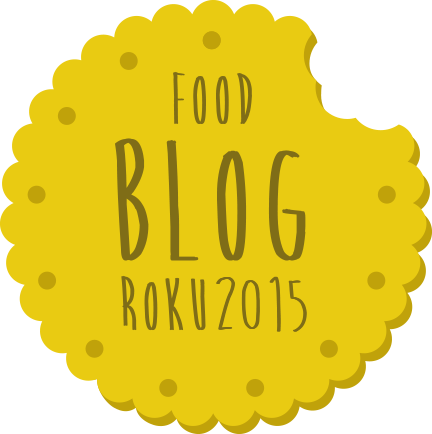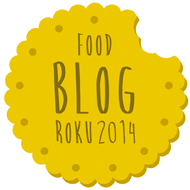Now why is he so great? First of all, because of the high hydration, that is, the relatively large dross of the dough, it does not have to rot, it excels very well, even with a high proportion of wholemeal flour - the bread is 50%. Everyone who brews a bit of bread knows that getting a brewed, really wholemeal bread is not a toy. Then there is another advantage of simplicity and timelessness.) The recipe is in the US cups, which will make it much easier if you decide to take care on a cottage where we have no weight, for example.) But for those of you who prefer to recite the recipe is recalculated and so on. So much luck and I will look forward to your experience.
Whole-grain bread without kneading
4. December 2015

This recipe has been on the blog for a long time, but it has been undergoing a Renaissance lately, and it's definitely good because it's great and worth knowing even more people. I recently prepared it for Apetit, a September breakfast number, and is now part of the cooking course I'm doing for Gourmet Academy . Perhaps this information might be useful because you often tell me if I do not do cooking courses somewhere ... And as a Christmas present, some would surely please.)


Postup
In a large bowl, mix warm water, yeast and sugar. The water must not be hot, rather the body temperature, so as not to negate yeast ... Wait a few minutes until you see that the yeast is active and creates bubbles on the surface, then add vinegar and oil.
Add a cup of mug to the smooth flour, mix the dough between each cup. Now add wholemeal flour and salt, again gradually, mix thoroughly between each addition. This dough will be very sparse, slush and sticky. Add seeds, nuts or whatever you like. I do not care about them.) If you want to experiment more, add fresh herbs or, for example, dried tomatoes, roasted onion, ...
Cover with a clean cloth and let it warm in a warm place for about 30 to 40 minutes until it doubles its volume. (I help with the oven which I turn briefly on to the minimum, switch off again and put the dough in. Be careful only to keep the temperature too high.)
Preheat the oven to 185 ° C. Using a scraper, move the dough into two erased forms (ideally using a spraying wipe) and let it grow again. I used one rectangle from the greenpan and the second classical bread.
Spread the surface with the seeds or herbs and bake for about 50 minutes until golden brown on the surface. That the bread is ready, you also know at first glance simply by deviating from the mold walls and creating a small skein around the perimeter. Once you remove the bread from the oven, you can smoothly slide it out onto the grid where it is beautifully cooled down without scuffing. To check if the bread is already baked, knock on the bottom of the bread, it should sound hollow.
Comments and tips on the recipe were prepared by Nutrition Advisor Věra Burešová of NATURHOUSE .
An interesting and very healthy ingredient is spelled flour - spelled wheat is one of the oldest grown cereals. In contrast to classical flour, spelled is processed whole, and therefore contains a high proportion of fiber, but also vitamins (eg B, C) and digestive enzymes. I recommend sunflower seed spreads because they contain a large amount of magnesium that contributes to the balance of the nervous system. In addition, it promotes the production of serotonin and thus helps to improve mood. They also contain, for example, selenium and vitamin E, which are excellent antioxidants. Sesame seeds are also great, which contain high-quality protein and essential fatty acids and a whole range of vitamins, minerals and trace elements: vitamin E, iron, potassium, phosphorus and others.



















